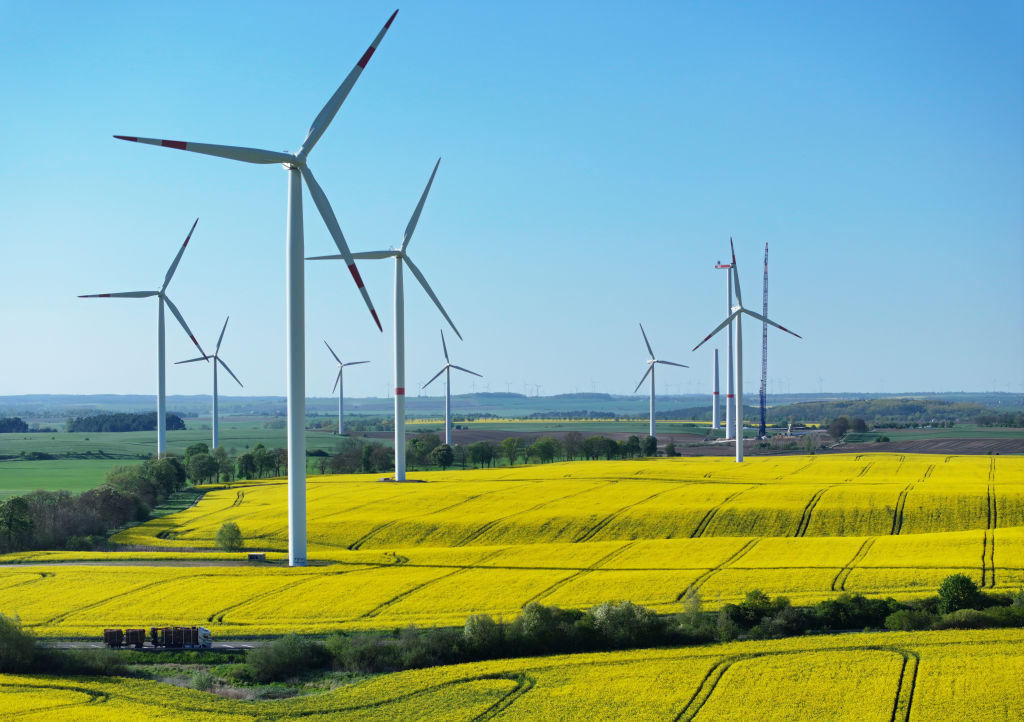The Osage Nation’s Mineral Council and the federal government have concluded their decade-long battle to block the installation of wind turbines in Osage County.
U.S. Court of International Trade Judge Jennifer Choe-Groves, sitting by designation, issued the ruling Wednesday in Tulsa federal court against Osage Wind LLC, Enel Kansas LLC, and Enel Green Power North America Inc.
The Court Case

The ruling follows a 2017 appellate court decision that determined the construction of the wind farm constituted mining and required a lease from the Minerals Council, an arm of the Osage Nation that manages the Osage Minerals Estate.
The defendants failed to obtain this lease before installing the farms in the Osage Nation.
The Developers Failed to Acquire a Lease
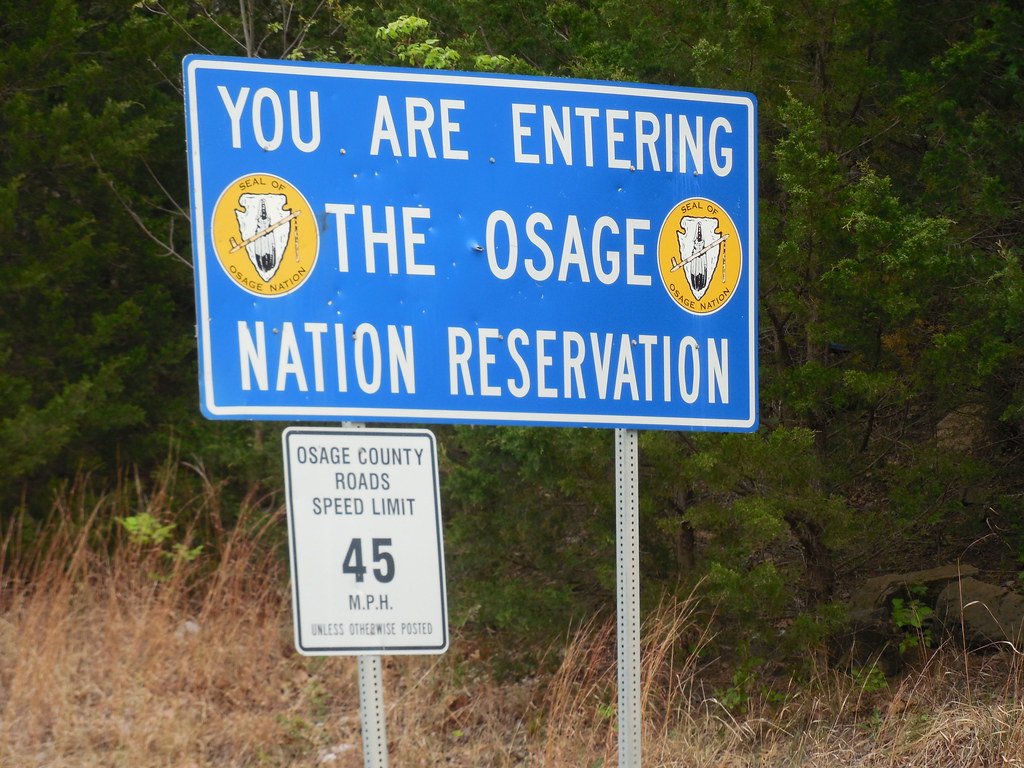
“The developers failed to acquire a mining lease during or after construction, as well as after issuance of the 10th Circuit Court of Appeals’ decision holding that a mining lease was required,” Choe-Groves said.
Choe-Groves continued: “Permitting such behavior would create the prospect for future interference with the Osage Mineral Council’s authority by Defendants or others wishing to develop the mineral lease.”
Interference With the Osage Nation’s Sovereignty

The judge’s ruling highlights the mistreatment of the Osage Nation by the US when it comes to land “ownership.”
“The Court concludes that Defendants’ past and continued refusal to obtain a lease constitutes interference with the sovereignty of the Osage Nation and is sufficient to constitute irreparable injury,” Choe-Groves noted.
The Osage Nation Have Unique Legal Rights to their Homeland

The rights that the Osage Nation have to their homeland is a unique trust system set up between the Osage people and the federal government.
The 1906 Osage Allotment Act transferred the ownership of the Osage Reservation surface lands to individual Osages, including the Osage Mineral Estate so that oil, gas, and other minerals under the ground so that Osages would receive the proceeds from any production on the land.
This Exact Law Has Received Recent Media Attention For a Different Reason

This case against developers is not the first time that the 1906 Osage Allotment Act has been violated, especially the Osage Nation’s ownership of subsurface materials.
Directed by Martin Scorsese, Killers of the Flower Moon was a film released last year about the Osage people who got rich from the proceeds of oil development under this law and the white men who responded with violence.
Concerns Were Not Only About Sovereignty But Ancestry

A major reason behind the objections was that it may have been built on top of an ancient burial site.
The horizon itself is also considered a sacred space by the Osages which the windfarms impeded on. According to NPR, many Osages believe that their ancestors are buried on the high ridges of the prairie, where most of the wind turbines are due to the strong winds.
The Hearing Is A Victory for Individual Osage People Too

The hearing is not just in the interest of Osage Nation, but also individuals who had objected to the construction of the windfarm for years.
Tommy Daniels, an Osage living on the reservation, had also pushed for the removal of the wind turbines. “If I had the power, boom! They’d be gone,” he told New Geography. He said that the project killed “birds, like eagles, I don’t like that”.
“A Win for Indian Country”
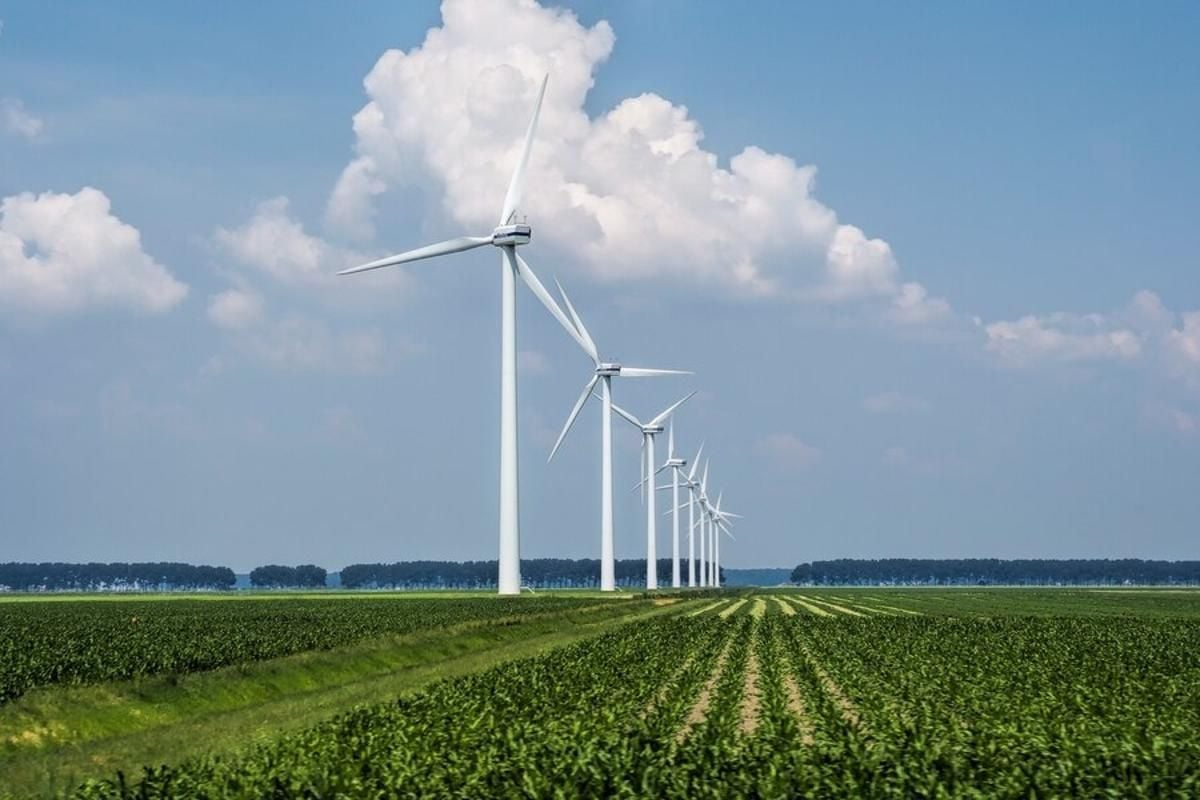
Osage Minerals Council Chairman Everett Waller expressed pleasure with the results of the court case but admitted that the ruling left him feeling “shocked.”
“I hope no other tribe has to do what we had to do,” Waller said about the lengthy court battle. “This is a win not only for the Osage Minerals Council; this is a win for Indian Country.”
How the Court Case Began

This legal battle started back in 2011 when the Osage Nation initiated a federal lawsuit to stop the construction of the wind farm.
The argument posed in the lawsuit stated that the project unlawfully hindered the Osage Nation’s ability to develop the mineral estate.
The Company Built the Wind Towers
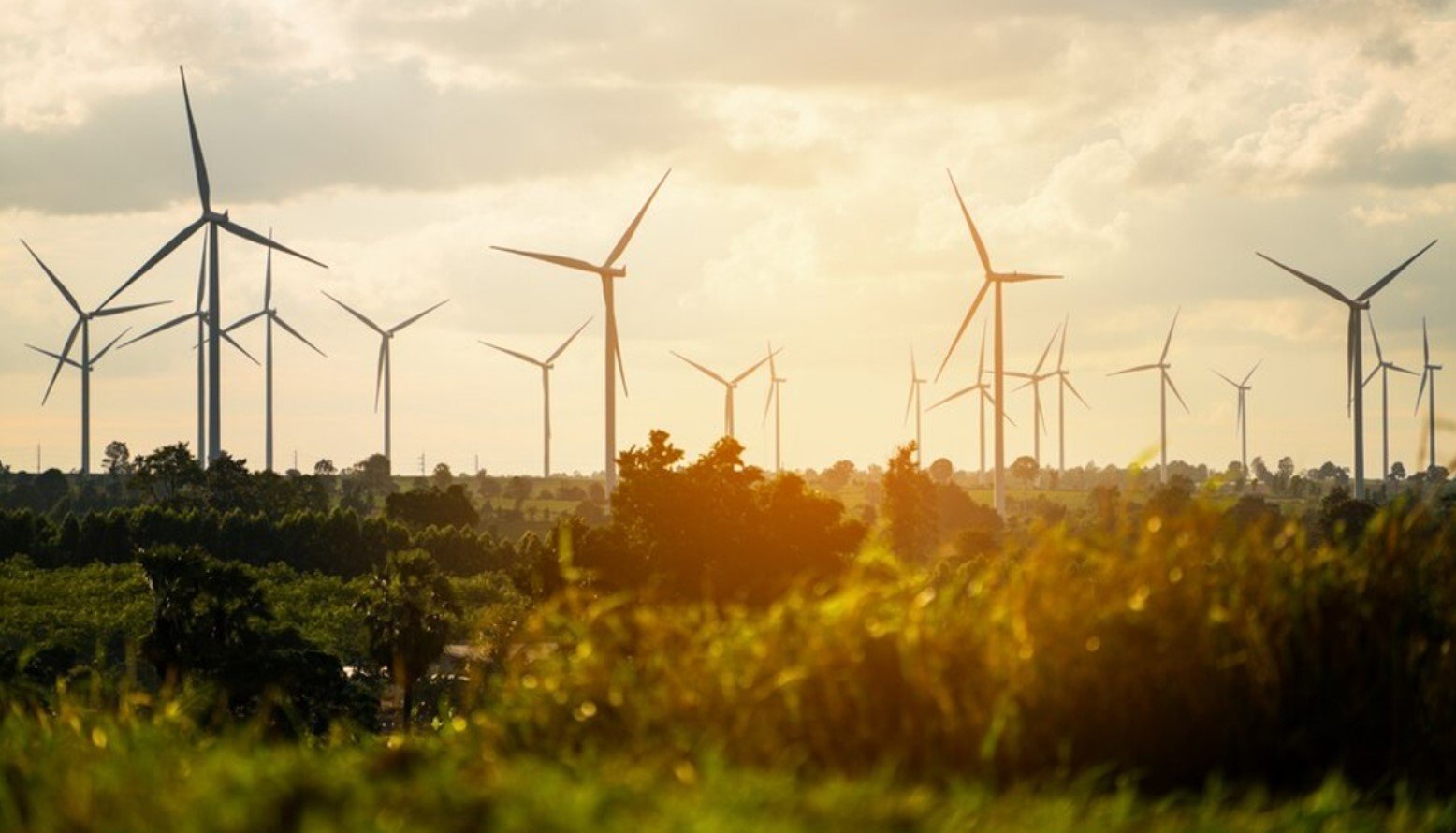
The nation’s claims were denied, and the case was dismissed on the merits. The defendants began leasing surface rights for the project in 2013, according to the ruling.
Construction of the wind towers began in October 2013, with excavation for the towers starting in September 2014.
The Federal Government Pushes Back

The wind farm includes 84 turbines spread across 8,400 acres of leased surface rights in Osage County, underground lines, overhead transmission lines, meteorological towers, and access roads.
In November 2014, the federal government filed a lawsuit seeking a declaratory judgment that the defendants engaged in unauthorized mining and excavation in the Osage Mineral Estate.
Developers Must Get a Permit

The US Department of the Interior administers the Osage Nation’s mineral rights. This includes the ownership of all subsurface rocks and minerals.
Before engaging in any mining activity in the county, developers must obtain a permit from the tribe’s Minerals Council under federal law.
A Federal District Judge Rules in Favor of the Developers

Initially, a federal district judge ruled in favor of the wind farm project in 2015 after discovering that the excavation of rock for the wind turbine’s concrete foundation did not constitute mining.
However, in a 2017 ruling, the 10th U.S. Circuit Court of Appeals in Denver reversed that decision, stating that Osage Wind’s extraction, sorting, crushing, and dusting of minerals as part of its excavation work constituted mineral development, and required a federally approved lease.
This Hearing Has Been a Long Time Coming
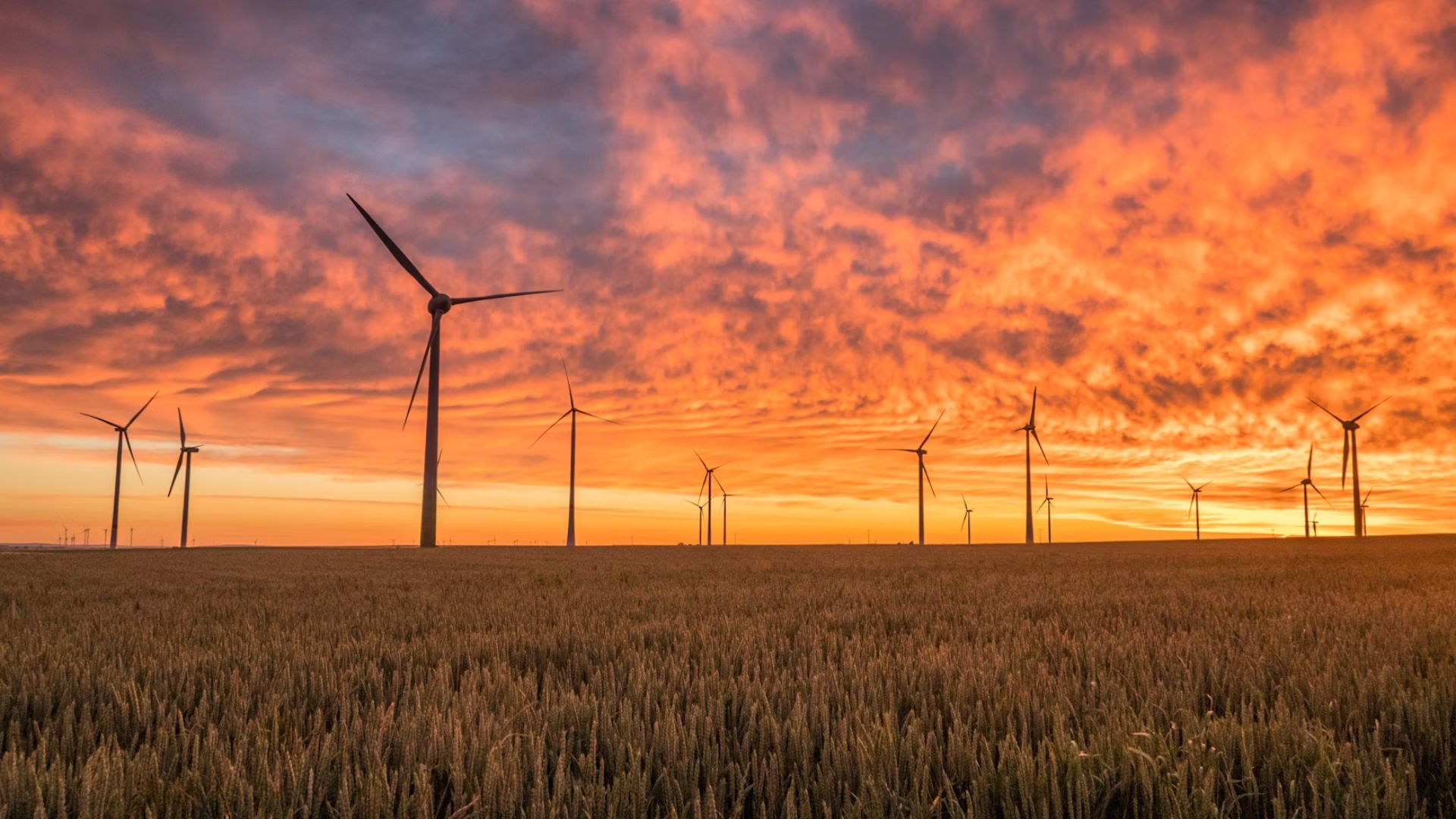
Legal action between Enel and Osage Nation started in 2011, making this the longest-running legal battle over wind energy in US history. Before Judge Choe-Graves’ decision, litigation between Osage Nation, the federal authorities, and Enel took 12 years.
The hearing has granted the federal US government, the Osage Nation, and the Osage Minerals Council permanent injunctive relief. This means they won “the ejectment of the wind turbine farm for continuing trespass”.
The Legal Landscape For Indigenous Tribes Is Changing
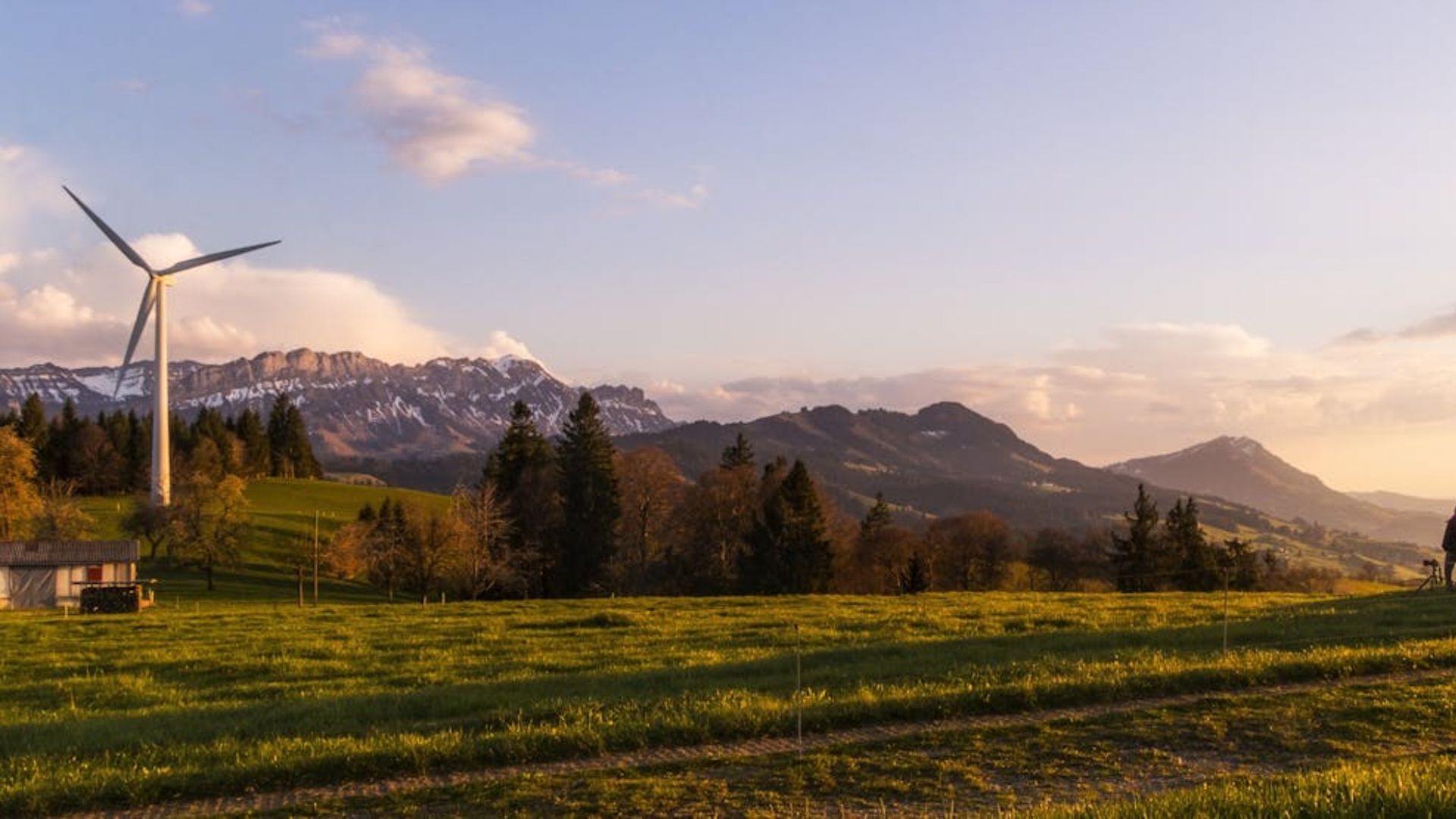
Indigenous tribes are fighting harder than ever for informed, prior consent to development projects on their lands and they finally have the legal framework to make meaningful objections.
Although the National Historic Preservation Act was introduced in 1966, many of the regulations around it were only codified in 1999 and brought into effect in 2004. Indigenous tribes also have access to more legal tools and funding resources to afford lengthy legal battles.
Several Factors Coming Into Play

In this most recent ruling, Choe-Groves considered several factors, including the tribe’s claim that the unleashed wind farm damages its sovereignty and Osage Wind’s claim that removing the wind towers would cause it to suffer hundreds of millions of dollars in losses.
Osage Wind also claimed that the removal of the wind turbines would result in the loss of revenue for two local schools, jobs, income for surface estate owners, and renewable energy for 50,000 homes.
Osage Members Say This Is Not About Renewable Energy
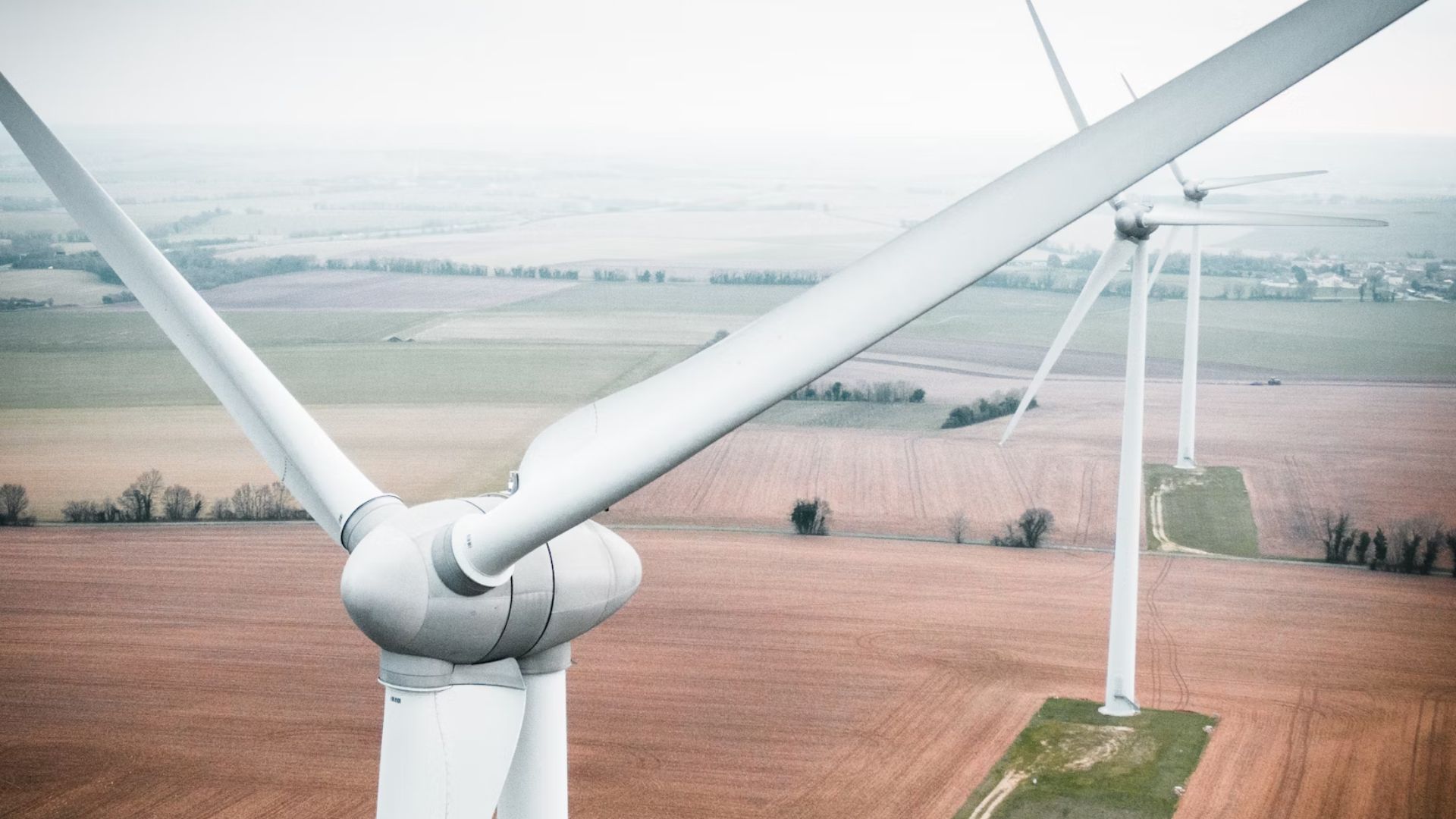
Carol Conner and her late husband, Joe, were tribe members and spent more than a decade raising awareness of how the windfarm damaged the Tallgrass Prairie. The developers did no surveys nor followed federal guidelines to determine if the land was suitable to build on.
“That is what’s wrong. It’s not about wind energy itself. It’s about – we violated the nation’s rights in doing this,” Conner told NPR.
This Is A Landmark Case For Indigenous Rights

It is rare for federal courts to take such a staunch position in favor of tribal nations and explicitly order developers to vacate the land, taking the infrastructure with them.
Pilar Thomas, attorney and former deputy director of the Office for Indian Energy Police and Programs for the Department of Energy told The Oklahoman: “I think tribes are starting to see that they have more leverage than they thought.”
Disrespecting Indigenous Land May Become Expensive For Renewable Energy Companies
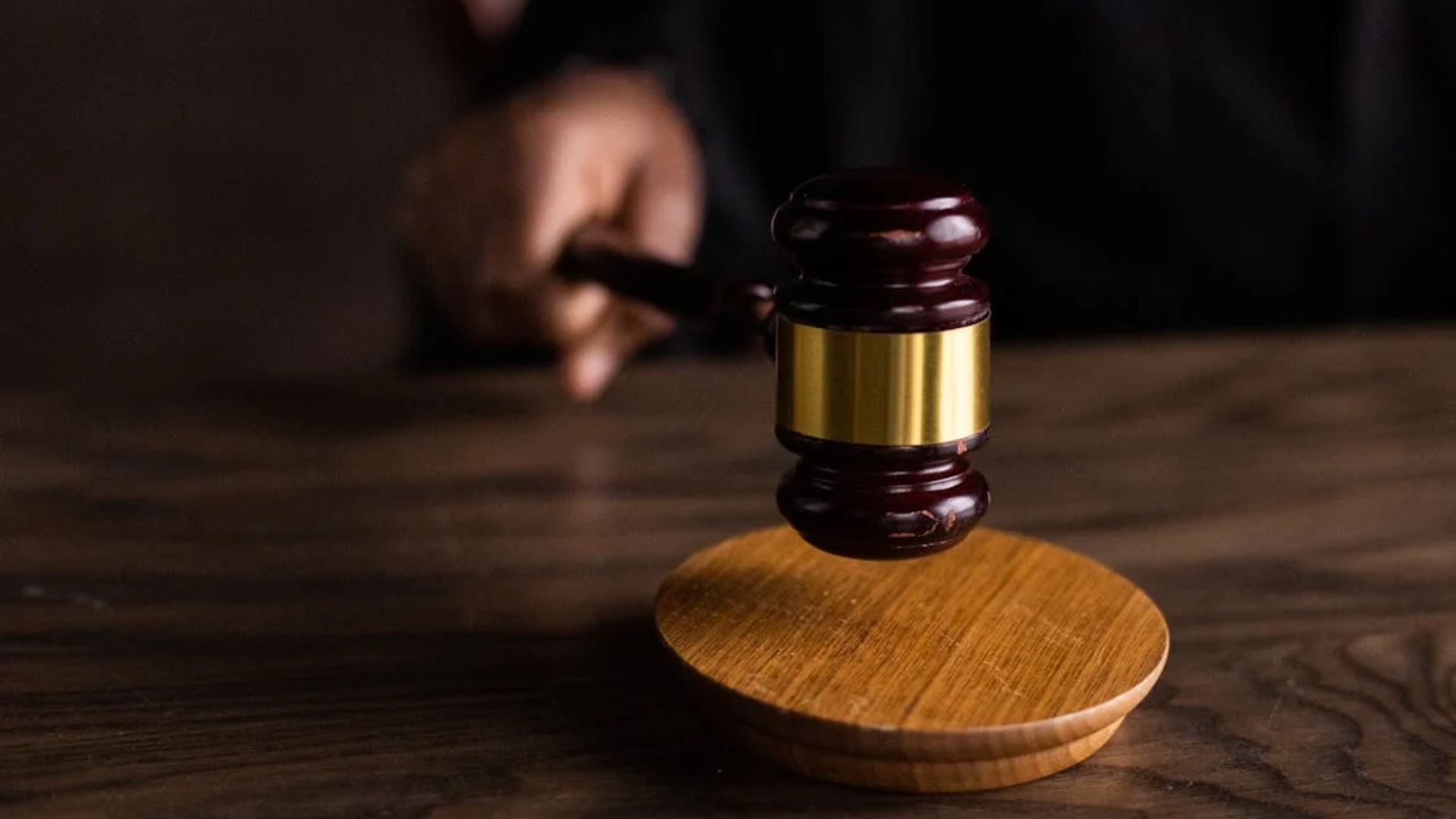
Rick Tallman, program manager at Colorado School of Mines’ Centre for Native American Mining and Energy Sovereignty, called the Osage Nation case a wake-up call.
Tallman told The Oklahoman that investors don’t like uncertainty, therefore “if you’re going to develop energy in the U.S., you’ve got to do it with the support of tribal communities”. If developers do not abide by indigenous rights, costs of a project could exponentially skyrocket.
Indigenous Land Is Hosting a Lot of Renewable Infrastructure
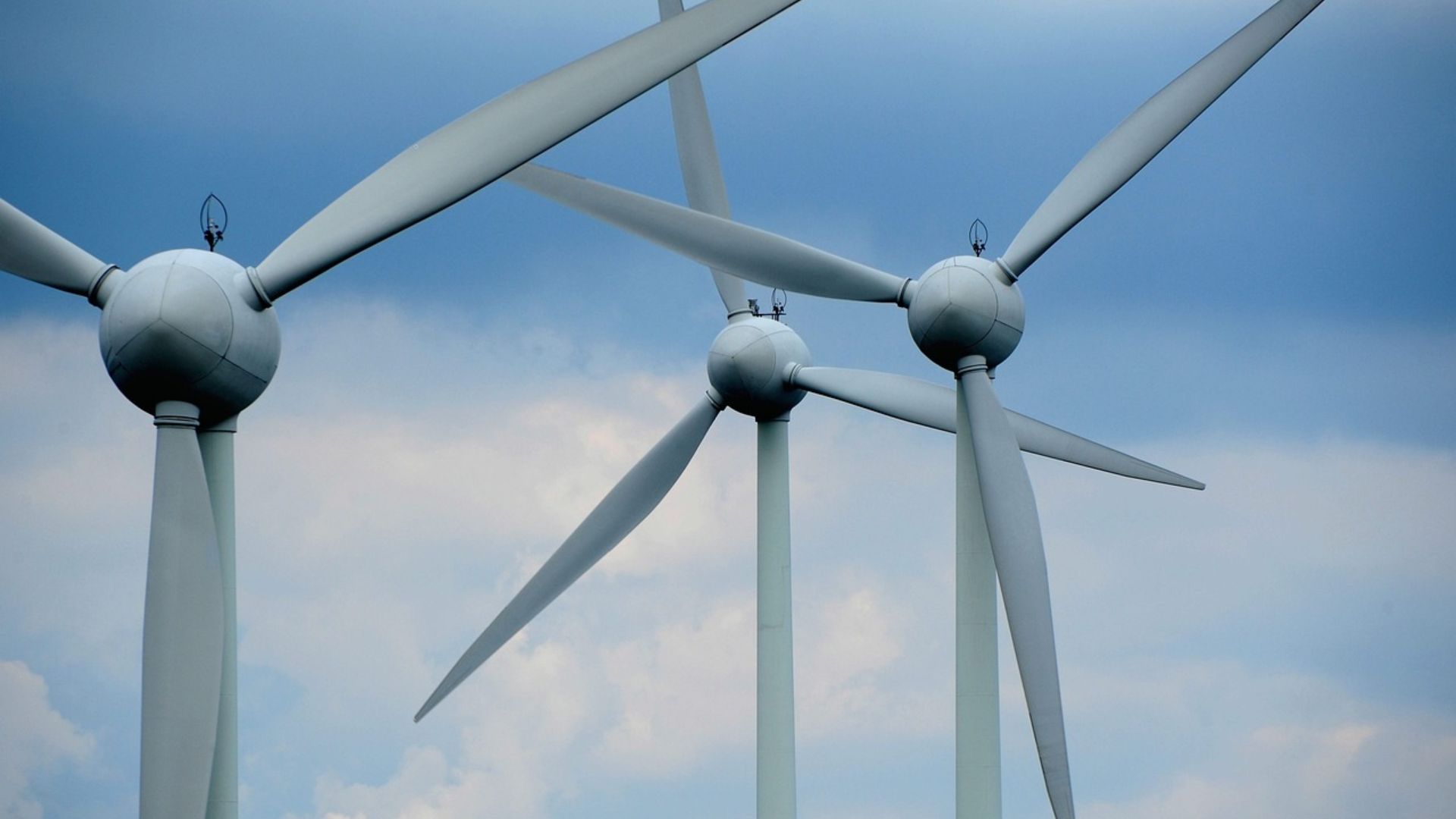
It is not easy to balance the need to reach renewable energy targets while also preserving indigenous sovereignty. According to the National Renewable Energy Laboratory, tribal lands are the site of nearly 7% of renewable generation potential in the US.
It is clear that efficient and effective renewable infrastructure cannot go ahead without thorough consultation and consent from native tribes if green energy development is to take place on indigenous lands.
Renewable Energy Is Not an Excuse To Ignore Indigenous Sovereignty
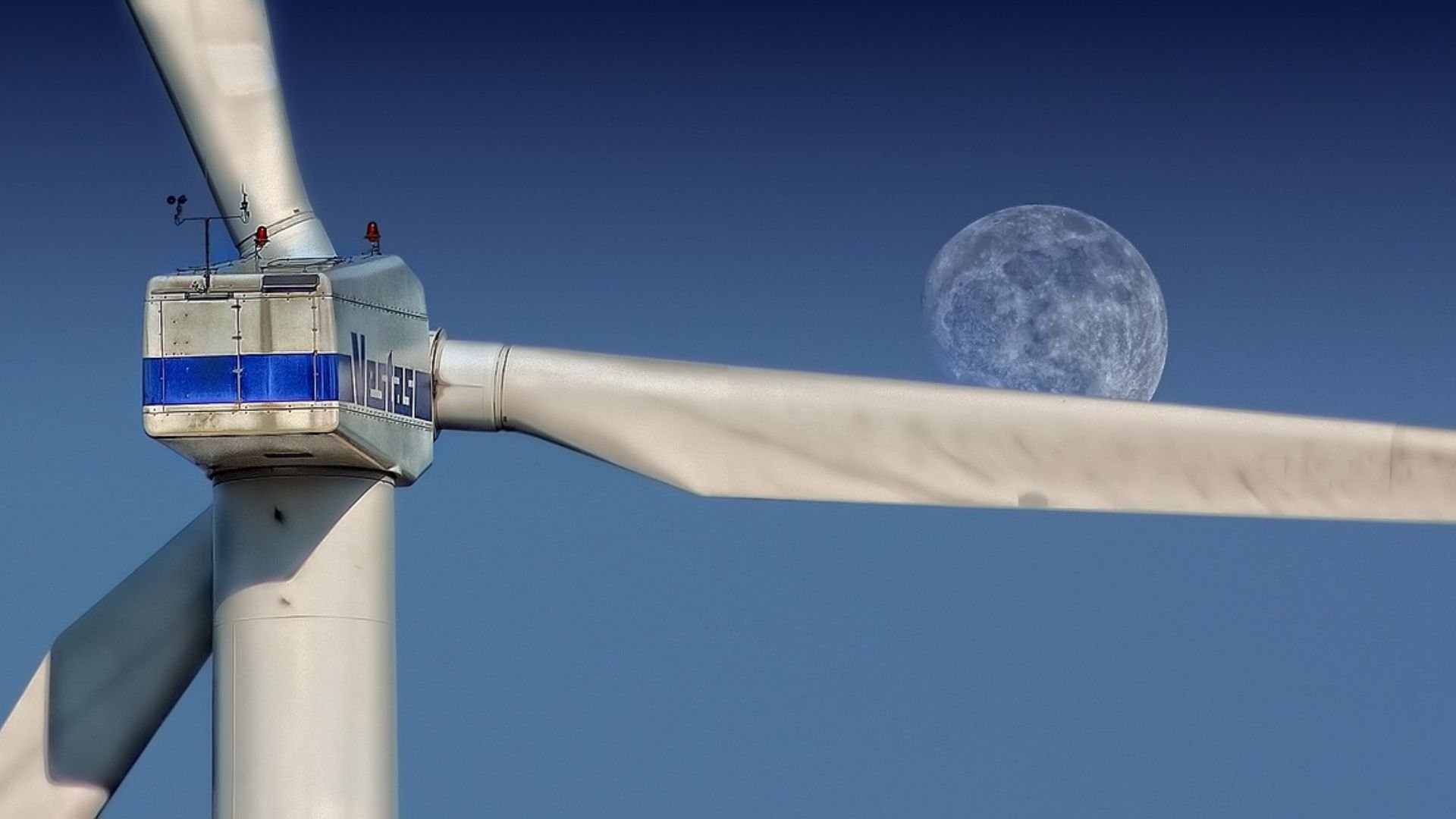
Genevieve Rose, from the International Work Group for Indigenous Affairs, told The Oklahoman: Renewable energies are actually not that good in respecting Indigenous rights.”
“They have this feeling that because they bring up something good, something green, that they are automatically a good thing,” Rose added. Ignoring indigenous sovereignty may not only make development projects more lengthy and costly, but renewable energy is not an excuse to break the law.
Protecting the Homeland
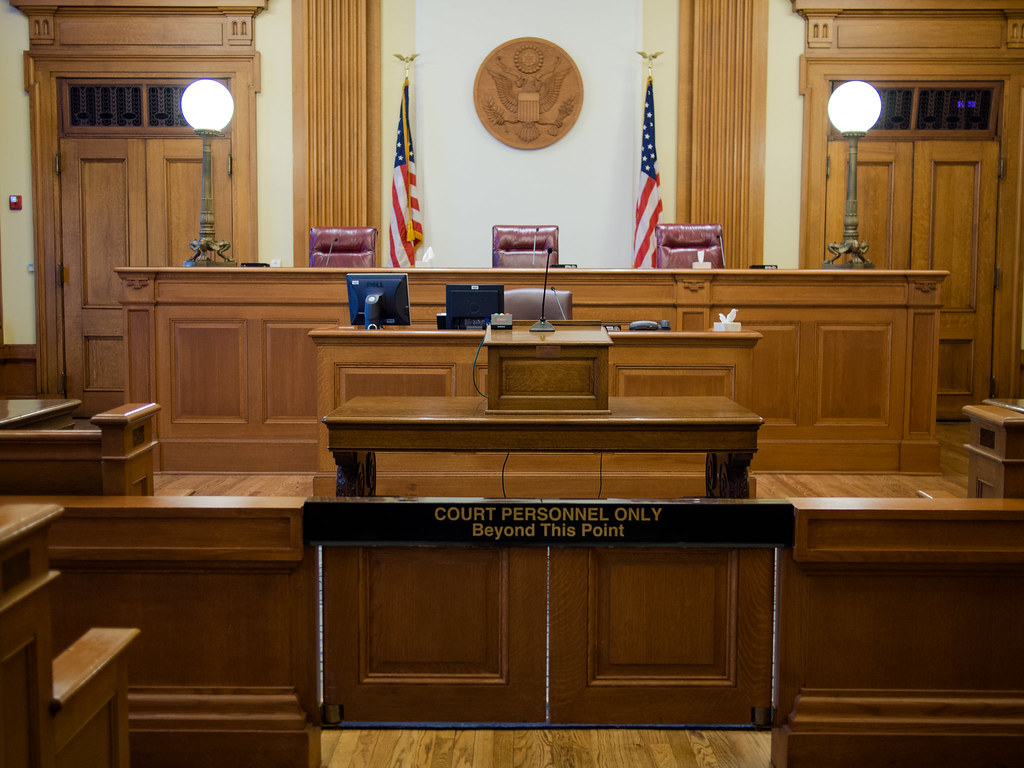
“Even if negative effects were to result, including the significant monetary impact of hundreds of millions of dollars, such effects would not negate the public interest in private entities abiding by the law and respecting government sovereignty and the decision of courts,” the judge wrote.
“I hope no other tribe has to do what we had to do,” Waller said, referring to the long court battle. “There are a lot of smaller tribes that couldn’t have battled this long, but that’s why we’re Osages. We’re here, and this is our homeland, and we are going to protect it at all costs.”
This Case Could Become a Blueprint For Other Milestones in Indigenous Rights
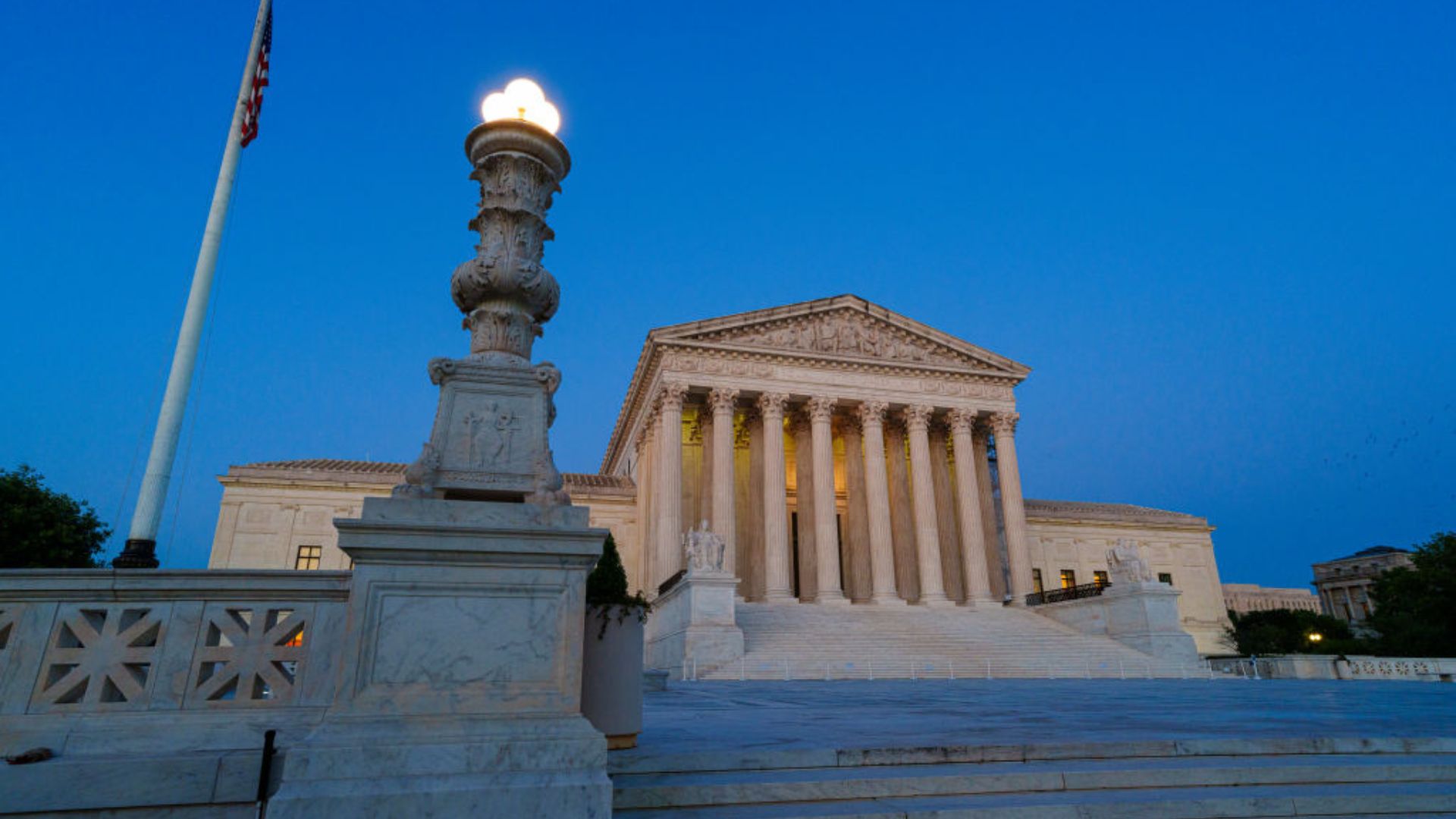
Judge Choe-Graves’ decision is not only a victory for the Osage Nation, but it also sets a legal precedent for other indigenous tribes who want to object to development projects that are on sovereign lands without prior or informed consent.
Osage Minerals Council chair, Everett Waller, told the Financial Times, “whatever issue falls on Indian country, now you have a case for which you can fall back on”.
